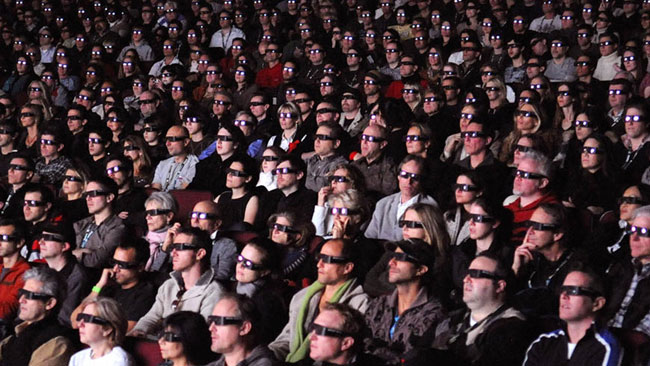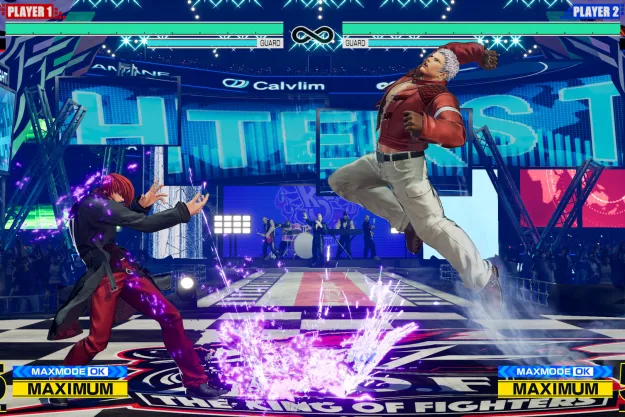
I’ve never seen more skepticism for any new technology than the buzz we’ve heard over 3D television here at CES. Every indicator points to it becoming the breakthrough technology of this show, but if you believe the chatter, it’s being shoved down our throats more than eagerly devoured by a loving public.
“Do you really need to watch Big Bang Theory in 3D? I don’t think so,” one reporter snapped in a heated conversation next to me. Fans of Kaley Cuoco might disagree. But this was probably the sixth conversation I’ve heard to the same effect. The fact remains: Many people just don’t see the appeal.
Having recently seen Avatar in 3D, I see their point. The visuals were spectacular. The first shots of the forest floor made me feel as if I was there. But by hour two-and-a-half, I was about ready to take off the glasses.
If James Cameron can’t even keep us glued to the 3D effect for three hours, what will owners of in-home 3D televisions think after their third episode of Dexter? Will sitcoms and dramas really benefit from the effect? Did you ever really wish you could feel “there” in Jerry Seinfeld’s apartment? What price is too much for the novelty? Manufacturers will have to answer all of these questions as the show goes on.
Editors' Recommendations
- Super Mario 3D World made it to Switch, but other Wii U games are still stranded
- Los Angeles-based Czinger is 3D-printing a 1,232-hp hybrid hypercar


